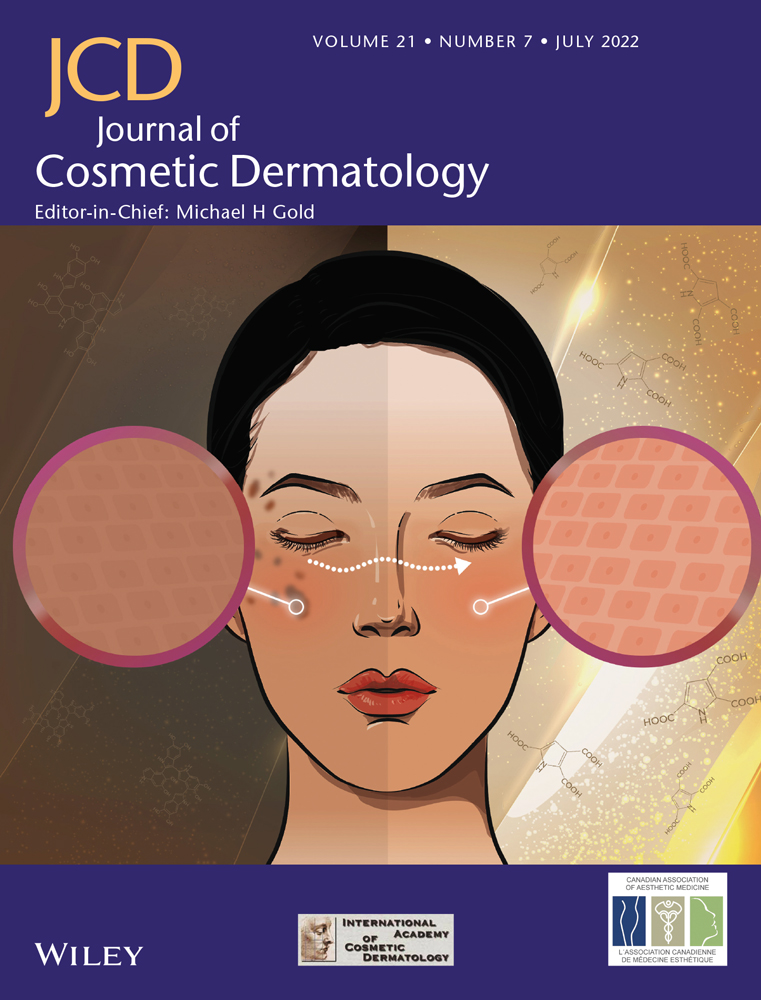A case of verruciform xanthoma of the vulva with generalized verrucous nevus on extremities
Jiali Xia and Guan Jiang are contributed equally to this work.
Abstract
Background
Verruciform xanthoma is a rare benign proliferative lesion of the skin and mucosa which mainly affects oral mucosa. Cases of verruciform xanthomas occurring outside the oral mucosa are rare. Verrucous nevus, also called epidermal nevus, is a cutaneous hamartoma caused by abnormal proliferation of epidermal keratinocytes.
Aim
Here, we reported a 39-year-old woman diagnosed verruciform xanthoma of the vulva with generalized verrucous nevus on extremities.
Patient
A 39-year-old woman presented to the dermatology department. The vulva cauliflower tumor was accompanied by verrucous tumor of limbs for 33 years. The skin lesions showed cauliflower like growth in the size of fist in the perineum, and the Yellow verrucous vegetations of limbs were arranged in strips. Results The pathological diagnosis confirmed that the vulva verrucous xanthoma was combined with generalized verrucous nevus of limbs. No clinically relevant genes with pathogenic variants were detected by high-throughput sequencing technology and whole exome sequencing of genetic diseases.
Results
The pathological diagnosis confirmed that the vulva verrucous xanthoma was combined with generalized verrucous nevus of limbs. No clinically relevant genes with pathogenic variants were detected by high-throughput sequencing technology and whole exome sequencing of genetic diseases.
Conclusion
The case was confirmed to be verruciform xanthoma, a benign proliferative xanthoma-like lesion with high incidence on the oral cavity. Combinded with generalized verrucous nevus,which is caused by excessive development of the epidermis, resulting in localized epidermal developmental abnormalities. Vulvar and peripheral lesions were treated through surgical approach. Lesions on the extremities were treated through oral administration of Acitretin capsules after obtaining informed consent from the patient. After a 3-month follow-up, the skin lesions on the hands and feet had partially disappeared. However, the outcome needs further follow-up and examination.
CONFLICT OF INTEREST
There are no conflicts of interest.
Open Research
DATA AVAILABILITY STATEMENT
The data that support the findings of this study are available from the corresponding author upon reasonable request.




